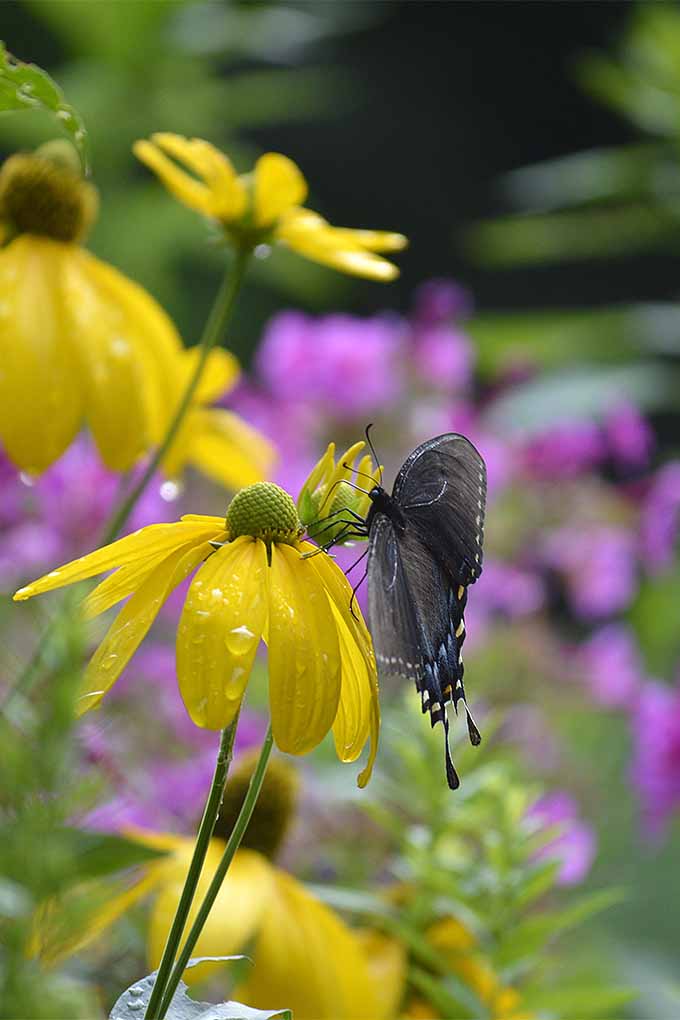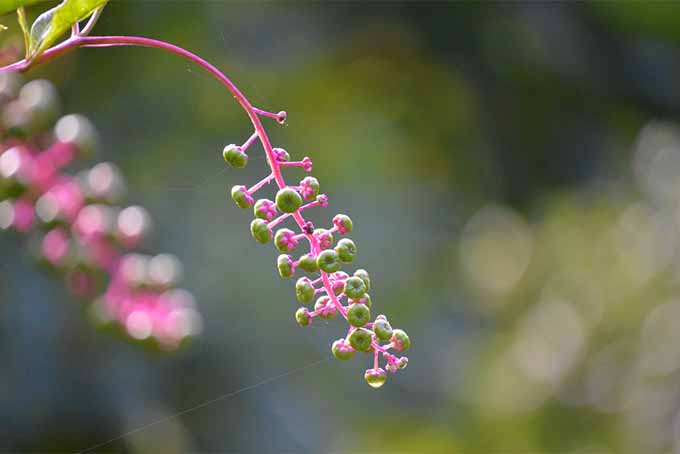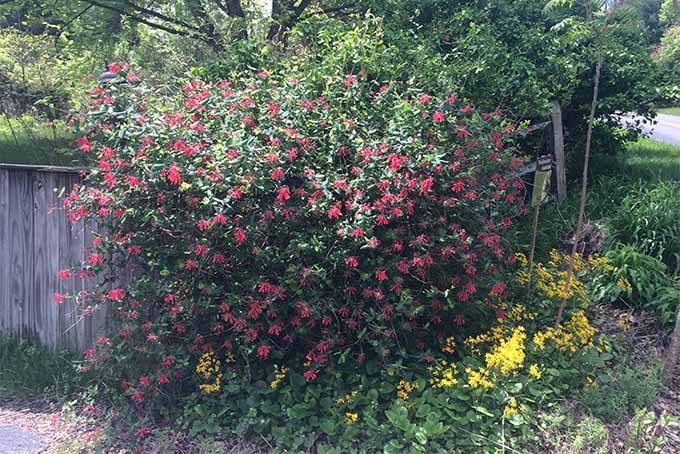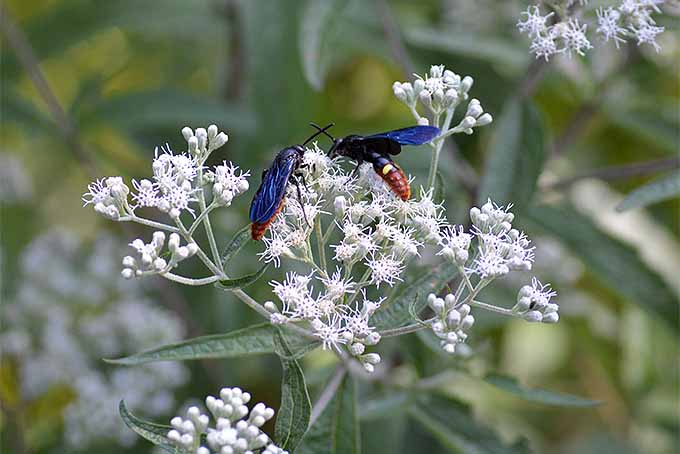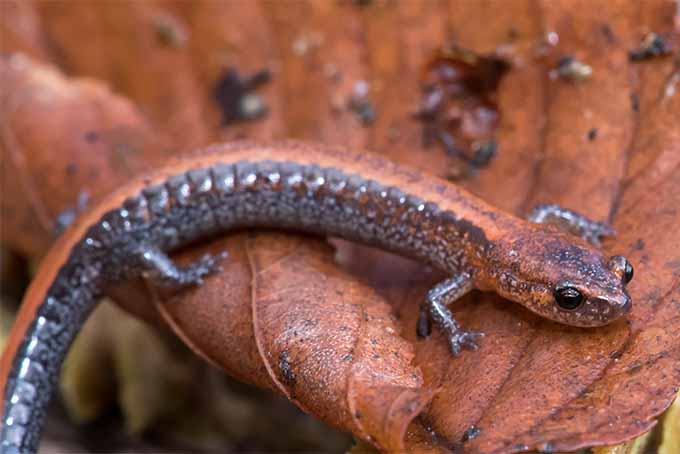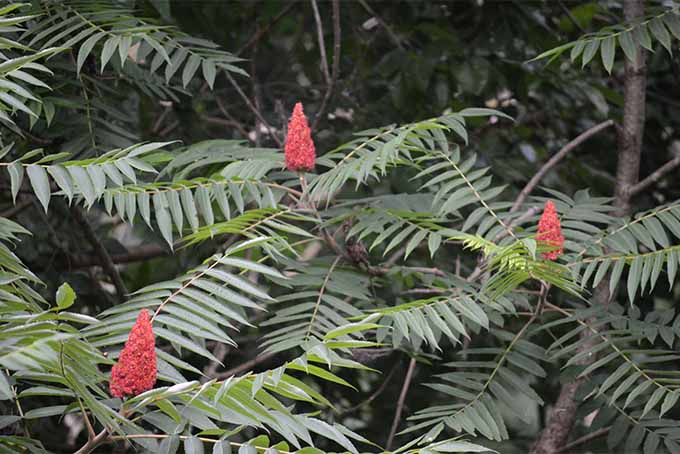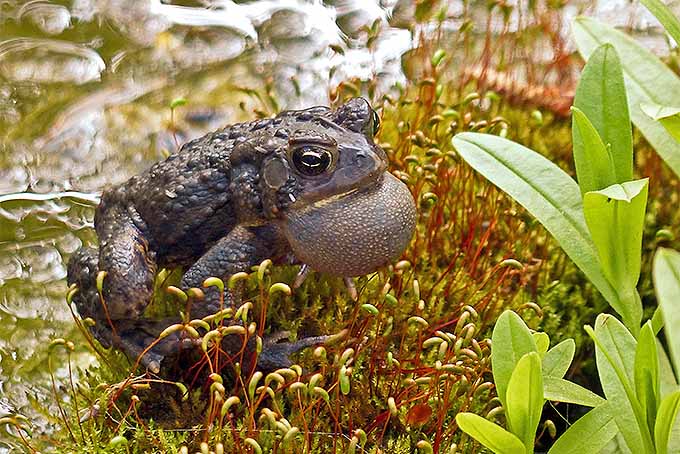Naturalist Nancy Lawson’s primary purpose is to help animals. She writes a column called Humane Backyard for the Humane Society publication All Animals, and is the founder of The Humane Gardener, a comprehensive website and outreach initiative focused on gardening for animals.
A Little Book with a Big Idea
I selected Nancy’s book for review because her compassionate ideals are applicable in any garden setting – from apartments with balconies to rural farmsteads – and her writing is an inspiration. This unassuming 5.5-by-8-inch book with its yellow matte finish and wildlife silhouette cover is an exceptionally bound volume with sewn sections, 224 pages, and 175 photographs, many by Lawson herself. The matte pages throughout the book give it the feel of an intimate garden journal.
Warm and Witty
Reading The Humane Gardener is like taking a leisurely walk with Lawson through much-loved gardens cultivated by trial and error, meandering freely, unpenned by rigid delineations. You can almost see the neighbors’ eyes roll as the carpet of turf grass shrinks to make way for yet another wildlife favorite to sweep across a bare patch, just in time to provide a nursery for caterpillars and a feast for birds. This “born-again pokeweed proselytizer” has had more than one run-in with neighbors who don’t share her enthusiasm for the purple-berried scourge of suburbia. Home to the leopard moth and syrphid fly, this native plant is premium fuel for migrating birds.
Breaking It Down
In six thoughtful chapters, Lawson introduces the reader to the ideas of:
Trying Something New
Abandoning preconceived notions of what a garden should be and focusing on native plants.
Embracing the Wild
Allowing nature to take over a portion of a garden to see who sets up housekeeping.
Supporting Ecosystems
Fostering habitat by providing desirable food and shelter for native animals, and making gardens safe for the animals who make their homes there.
Providing Natural Food for Wildlife
Understanding that the creatures that live in our gardens must eat, too.
Importance of the Full Life Cycle
Taking a new look at decaying plant material that may be messy, but that provides food and shelter to garden inhabitants. At the end of each chapter is an in-depth profile of a pioneer who has reclaimed a landscape for wildlife. Each gardener embodies humane practices, and reaps the rewards of a habitat that buzzes with native bees, nectar-sipping butterflies, nesting birds, emerging froglets, and a host of wildlife that sustains itself with native plants. Lawson’s profiles will soon be a regular online feature, as she continues to traverse the nation and beyond to discover and validate humane gardeners who have created harmonious habitat in the hearts of cities, high on mountaintops, and in the depths of desert valleys. At the end of the book is a handy “Getting Started” guide that includes:
General Information Regional Books on Habitat Growing Native Plant Information and Regional Databases Native Plant Retail Sources and Supplies Co-Existing with Wildlife Habitat Certification and Yard Signs
Each provides valuable resources for readers who would like further information on native plant species, humane gardening, and wildlife habitat. Also included is a section titled “Plants Mentioned in this Book,” a comprehensive list of the many native and non-native species discussed, with their common and Latin names. I have one minor criticism of this outstanding book, and it is that there is no alphabetical index of the plants mentioned. However, the plentiful photos make for good reference points.
Color Outside the Lines
Part of Lawson’s charm stems from the fact that she wasn’t born a gardener. Yes, it’s in her genes, and she delights in visits with her father in his garden. However, she started out with a suburban plot and reclaimed it, little by little, pumping master gardeners for information, educating herself, and increasing her knowledge through experience. The day Lawson caught herself pulling out plants that had strayed from a garden border, noting that “… somehow nature always found a way to color outside the lines…” she had a revelation: The paths that she had created for humans to tread were not necessarily those that would best serve the plants and animals in her yard. With this new perspective, things were about to get messy.
If It Looks Like a Flower…
Lawson encourages readers to rethink the notion of a manicured garden that sustains no animals in favor of one that is “messy,” and teeming with life. She is an advocate of native planting who advises gardeners to start small, stressing that it’s not necessary to tear every non-native plant out to make a difference. Simply think outside the box the next time you select a new plant. Instead of buying a hybrid lily meant to grow in another country, buy native bulbs that local animals will recognize. Did you know that the wildlife in your yard, like insects, are wired by nature to seek out certain plants for food and shelter? It’s true. Co-evolution is the foundation of plant-animal symbiosis, and when you have one without the other, you have the makings of extinction. Non-native flowers may be brightly colored, smell sweet, and grow in pretty little rows. But if the local bees aren’t genetically coded to know this species, they’ll pass them by. Granted, native plants do not always look pristine, like imported hybrid lilies. This is because they are “used” by native animals. Animals chew leaves and live in stalks, leaving evidence of their active presence in a habitat humming with wildlife. Lawson says, “The greater the plant diversity in your garden, the more animals you’ll have at the buffet.”
From One Gardener to Another
Gardeners love to swap stories and give advice, so I was thrilled when I exchanged emails with Lawson. Her enthusiasm and in-depth responses were refreshing and inspiring, with references to books and websites for further reading. I shared a story about a native mugwort plant (Artemesia vulgaris) that was so happy in my soil, it took over an entire garden, like a non-native invasive. Lawson had certainly been there and done that. She discussed how its deep root system was breaking up the soil, in effect, preparing it for a new species. She advised me to stop yanking roots and “enlist other plants to help implement creative solutions,” one of her favorite methods of garden re-direction. With the aid of other natives in the mugwort plant community – like bluestem, switchgrass, and Indiangrass – I could regain control of my garden. By planting the new plants in gaps in the garden, they could take hold, compete with the mugwort, and create a happy medium. “In the final analysis,” Lawson said, “I’ve decided that I’d much rather have a native plant spread through my gardens than an invasive because, invariably, the plants that evolved alongside wild animals are going to help those animals in some way.”
With Fresh Eyes
Unlearning suburban gardening is daunting, as it means setting norms aside and creating a more natural and “messy” landscape. Lawson suggests that we even consider leaving a few bare patches where the land “writes its own story,” sprouting dormant seeds, just waiting to be set free. Follow Lawson on her compassionate mission and be prepared to be challenged about your views on topics like garden “pests,” dead-heading, and feeding the birds. With a wealth of information and resources, Lawson’s book is a gentle read with a powerful message: Restore habitat one backyard at a time with native species of plants and wildlife, or risk dire consequences to the environment, including pollinator extinction. I highly recommend The Humane Gardener. It’s an idea-packed examination of what happens when we view our yards as opportunities to preserve and foster habitat for native plants and animals. As Lawson says, “Even in a small yard, you might be surprised by who shows up if you let them.” Are you ready to be a pioneer and turn some flowerpots, a patch of lawn, or your entire yard over to native plantings and the wildlife they attract? And if you enjoyed this book review, then some of these might also be up your alley:
Teaming with Microbes: A Fresh Review for Today’s Gardeners Scaling it Down with Jessica Walliser’s Gardener’s Guide to Compact Plants Restoring Habitat with Charlotte Adelman and Bernard Schwartz’s Midwestern Native Shrubs and Trees
© Ask the Experts, LLC. ALL RIGHTS RESERVED. See our TOS for more details. Photos in this article are owned and copyrighted by their respective owners as identified. Reprinted with permission by Ask the Experts, LLC. All rights reserved by all parties. A copy of this book was provided by the publisher for review.
